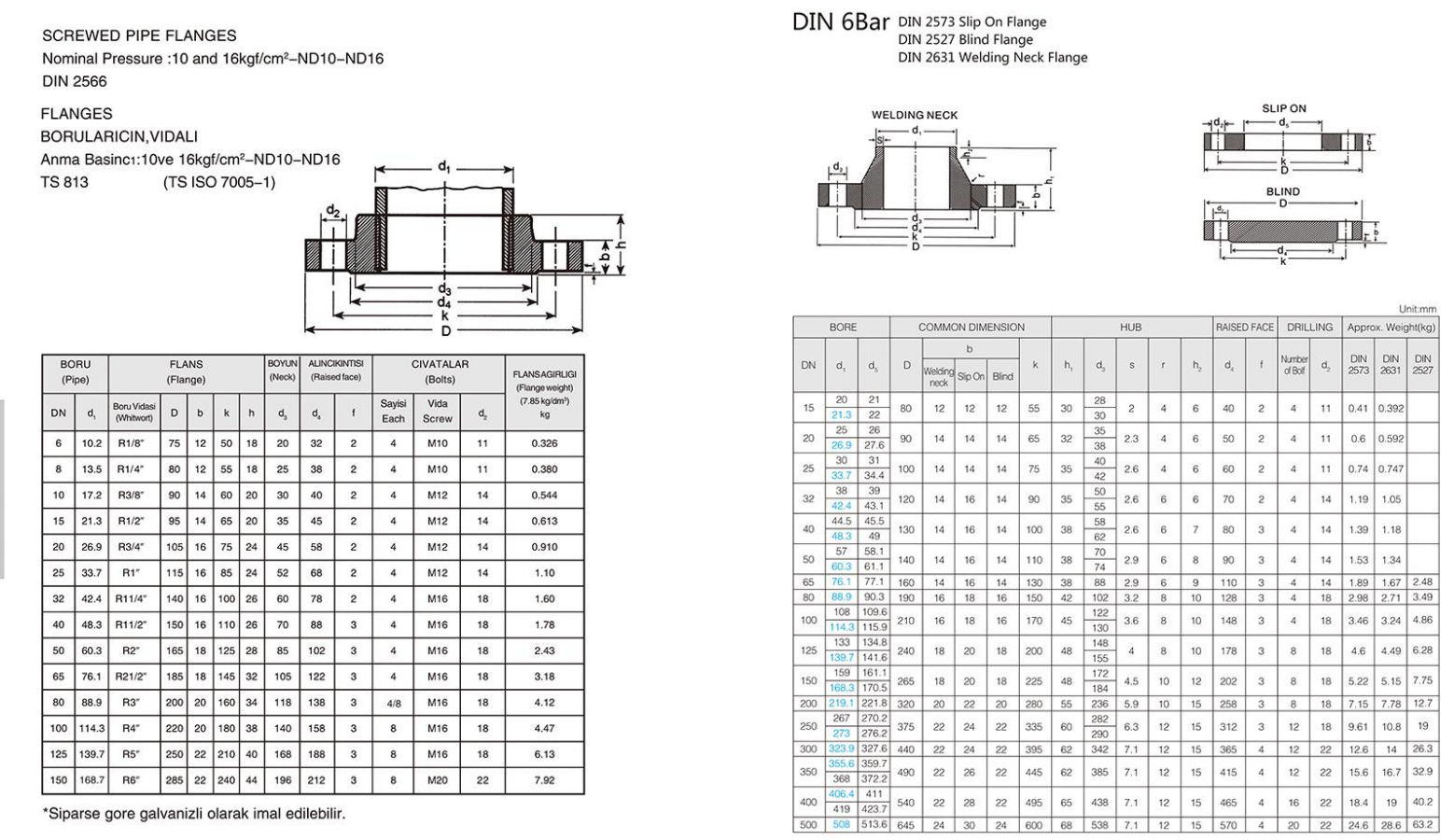-
Cangzhou Yulong Steel Co., Ltd.
-
Phone:
+86 13303177267 -
Email:
admin@ylsteelfittings.com
- English
- Arabic
- Italian
- Spanish
- Portuguese
- German
- kazakh
- Persian
- Greek
- French
- Russian
- Polish
- Thai
- Indonesian
- Vietnamese
- Zulu
- Korean
- Uzbek
- Hindi
- Serbian
- Malay
- Ukrainian
- Gujarati
- Haitian Creole
- hausa
- hawaiian
- Hebrew
- Miao
- Hungarian
- Icelandic
- igbo
- irish
- Japanese
- Javanese
- Kannada
- Khmer
- Rwandese
- Afrikaans
- Albanian
- Amharic
- Armenian
- Azerbaijani
- Basque
- Belarusian
- Bengali
- Bosnian
- Bulgarian
- Catalan
- Cebuano
- China
- China (Taiwan)
- Corsican
- Croatian
- Czech
- Danish
- Esperanto
- Estonian
- Finnish
- Frisian
- Galician
- Georgian
- Kurdish
- Kyrgyz
- Lao
- Latin
- Latvian
- Lithuanian
- Luxembourgish
- Macedonian
- Malgashi
- Malayalam
- Maltese
- Maori
- Marathi
- Mongolian
- Myanmar
- Nepali
- Norwegian
- Norwegian
- Occitan
- Pashto
- Dutch
- Punjabi
- Romanian
- Samoan
- Scottish Gaelic
- Sesotho
- Shona
- Sindhi
- Sinhala
- Slovak
- Slovenian
- Somali
- Sundanese
- Swahili
- Swedish
- Tagalog
- Tajik
- Tamil
- Tatar
- Telugu
- Turkish
- Turkmen
- Urdu
- Uighur
- Welsh
- Bantu
- Yiddish
- Yoruba

Dec . 05, 2024 05:07 Back to list
Understanding ANSI B16.5 Class 300 Flanges Standards and Applications
Understanding ANSI B16.5 Class 300 Key Features and Applications
The ANSI B16.5 standard is a critical component of piping design and engineering, particularly in industries that require reliable, high-pressure systems. Within this standard, Class 300 refers specifically to the pressure and temperature ratings of flange components used in piping systems. Understanding this class and its specifications can significantly impact the integrity and safety of various industrial processes.
Overview of ANSI B16.5 Standard
ANSI B16.5 is a standard developed by the American National Standards Institute (ANSI) that specifies the requirements for pipe flanges and flanged fittings. This standard covers a wide range of flange types, materials, and sizes, providing guidelines for the accurate design and safe implementation of these components in piping systems. The B16.5 standard is widely accepted and used in sectors such as oil and gas, chemical processing, and power generation, ensuring compatibility and safety across a multitude of applications.
Class 300 Flange Specifications
Class 300 flanges are designed to operate under significant pressure conditions. The designation Class 300 indicates a specific pressure rating equivalent to 300 psi (pounds per square inch) at a temperature of 100°F (37.8°C). However, it is essential to note that the pressure rating of a Class 300 flange decreases at higher temperatures. For example, at 600°F (315°C), the allowable pressure rating decreases significantly, showcasing the importance of consulting the appropriate pressure-temperature charts when designing systems that use these flanges.
The dimensions and characteristics of Class 300 flanges are standardized in ANSI B16.5. The standard defines specific dimensions for various types of flanges, including slip-on, weld neck, threaded, and blind flanges. Understanding these dimensions ensures that engineers and designers can create piping systems that are both functional and compliant with industry standards.
ansi b16 5 class 300

Material Considerations
Flanges classified under ANSI B16.5, including Class 300, are typically manufactured from a range of materials, depending on the intended use and environmental conditions. Common materials include carbon steel, stainless steel, and other alloys, each chosen for their mechanical properties, corrosion resistance, and temperature tolerance. For example, stainless steel flanges are often used in environments where corrosive substances are present, while carbon steel flanges may be preferred for their strength and cost-effectiveness in less aggressive environments.
Applications of Class 300 Flanges
Class 300 flanges are prominently used in industries requiring robust, high-pressure systems. In the oil and gas sector, these flanges connect pipelines carrying crude oil, natural gas, and various liquids under high pressures. The reliability of Class 300 flanges is crucial to maintaining the integrity of these systems, as any failure could lead to leaks or catastrophic failures.
In chemical processing facilities, Class 300 flanges are also commonly used to connect reactors, distillation columns, and other critical equipment. The ability to withstand high pressure and temperature makes them ideal for processes involving volatile chemicals. Furthermore, power plants utilize Class 300 flanges in steam and water systems, where maintaining pressure is essential for efficient operation.
Conclusion
In summary, ANSI B16.5 Class 300 flanges represent a vital aspect of industrial piping design. Their specifications regarding pressure, temperature, materials, and dimensions provide engineers with the necessary guidelines to design safe and efficient systems. Understanding the intricacies of these flanges, from their pressure ratings to their applications in various industries, underscores the importance of adhering to established standards. As industries evolve and demand increases for more robust and reliable piping systems, the significance of standards like ANSI B16.5 Class 300 will continue to grow, ensuring safety and functionality across a range of high-pressure applications.
Latest news
-
ANSI 150P SS304 SO FLANGE
NewsFeb.14,2025
-
ASTM A333GR6 STEEL PIPE
NewsJan.20,2025
-
ANSI B16.5 WELDING NECK FLANGE
NewsJan.15,2026
-
ANSI B16.5 SLIP-ON FLANGE
NewsApr.19,2024
-
SABS 1123 FLANGE
NewsJan.15,2025
-
DIN86044 PLATE FLANGE
NewsApr.19,2024
-
DIN2527 BLIND FLANGE
NewsApr.12,2024
-
JIS B2311 Butt-Welding Fittings LR/SR 45°/90° /180°Seamless/Weld
NewsApr.23,2024











